In pictures: Raw power of the Sun
- Published
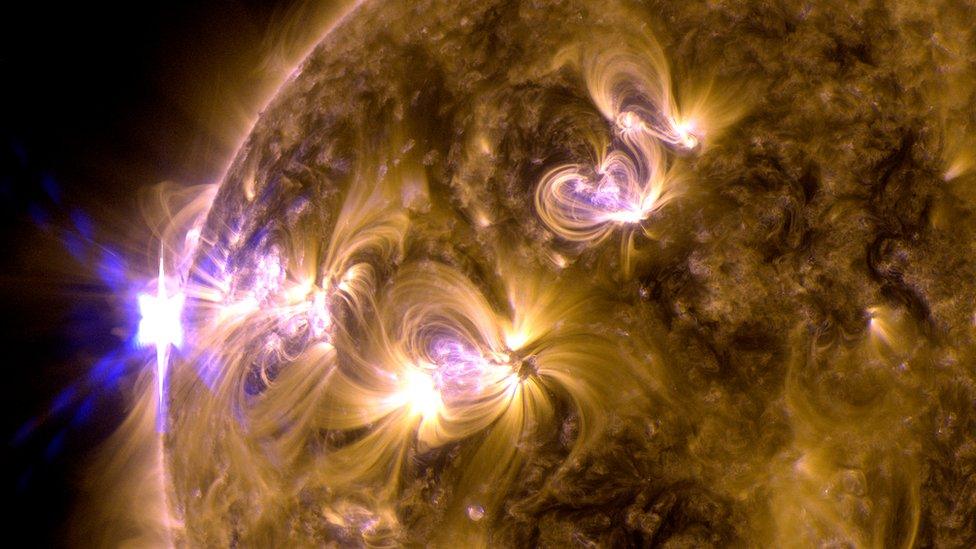
Between 12 and 14 May, the Sun unleashed four intense bursts of radiation, or flares. These X-class flares - the most intense type - represent the strongest activity on the Sun so far in 2013. This picture from Nasa's Solar Dynamics Observatory (SDO) shows the first of these on 12 May.
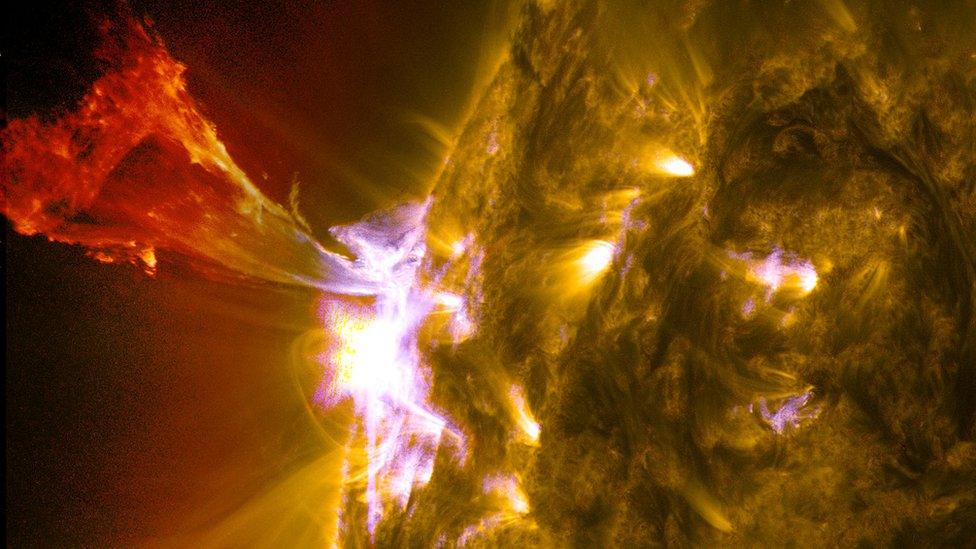
Flares such as the ones this week are expected as the Sun reaches a peak of activity during its 11-year cycle. The Sun is predicted to reach this high, known as solar maximum, this year. This picture from SDO shows a flare subsiding as a burst of material leaps out from the same region into space on 3 May 2013.

Flares are associated with eruptions known as coronal mass ejections, or CMEs. These can release billions of solar particles into space in the form of charged gas and other material. This picture from the Stereo spacecraft shows a CME earlier this year. The black disc blocks out the Sun so that fainter features can be seen.
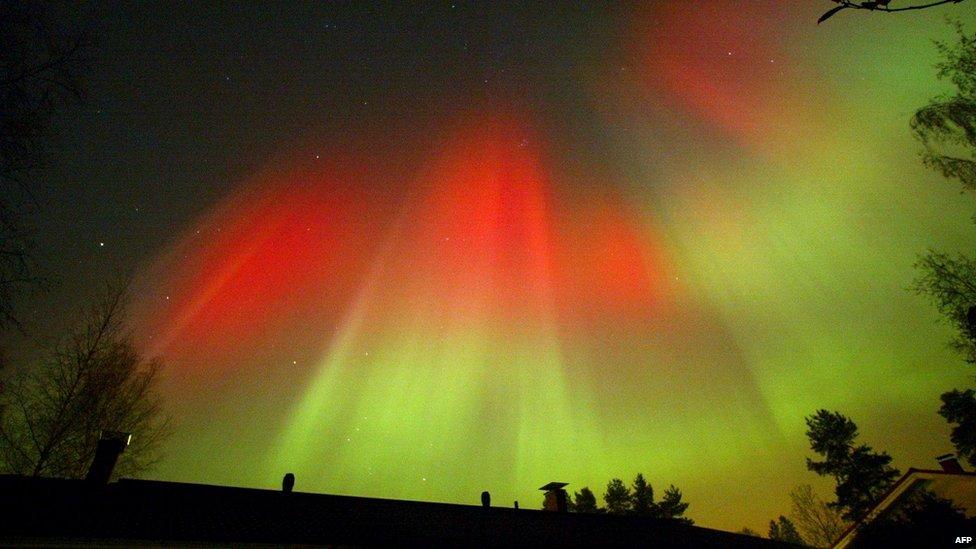
When the particles from a CME reach the atmosphere, they can cause bright aurorae (Northern and Southern lights). Strong CMEs can also disrupt technology, potentially tripping electronics in satellites and blowing out transformers in power grids.
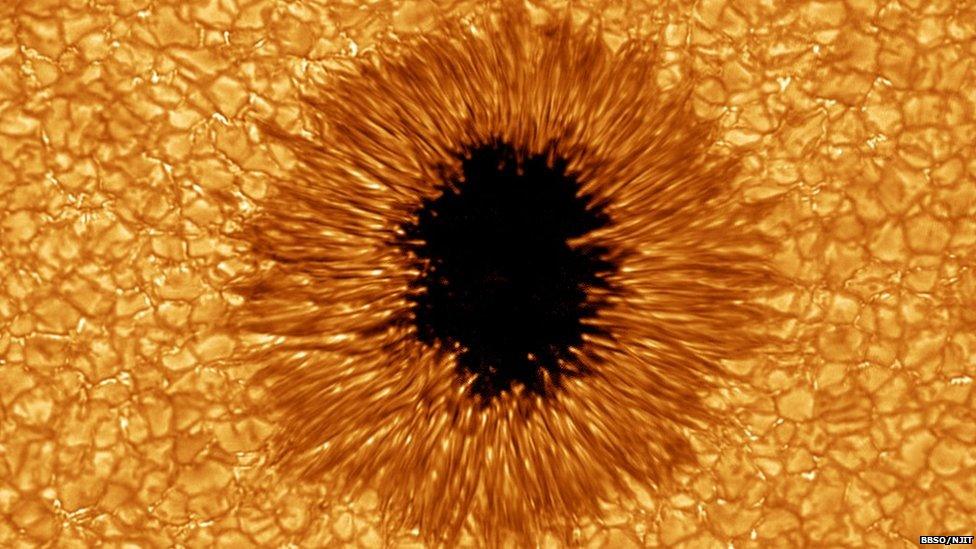
Flares and CMEs originate around active regions known as sunspots. These are temporary dark patches on the Sun caused by magnetic activity. The recent flares were released from a sunspot called AR1748; this picture, taken in 2010 by the New Solar Telescope in New Jersey shows a different feature.
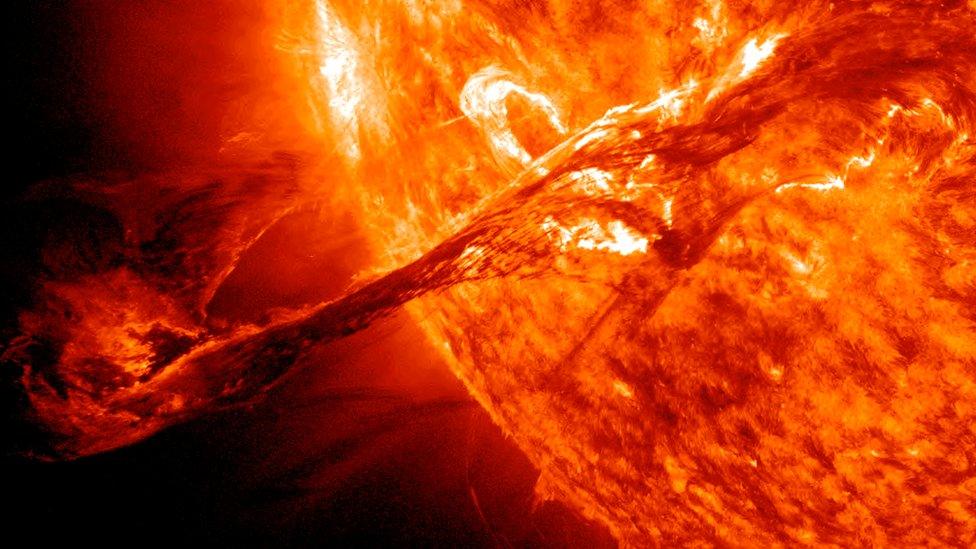
Nasa's SDO spacecraft carries high performance cameras that can produce movies with a similar resolution to High-Definition video. This picture shows a bright gaseous prominence erupting from the Sun on 31 August 2012.
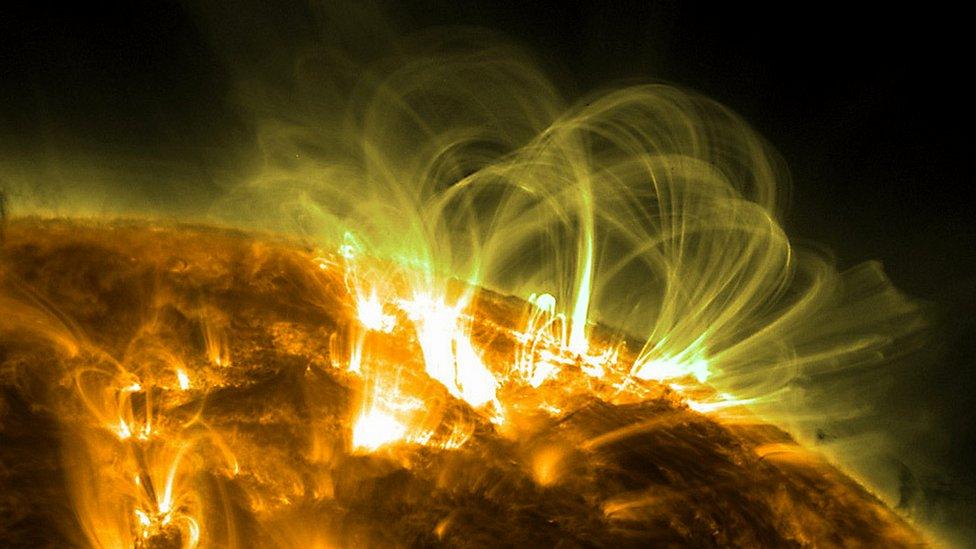
Magnetic loops can also put on a dazzling display for watching spacecraft. They are formed by charged particles spinning along magnetic field lines that emanate from active regions such as sunspots.
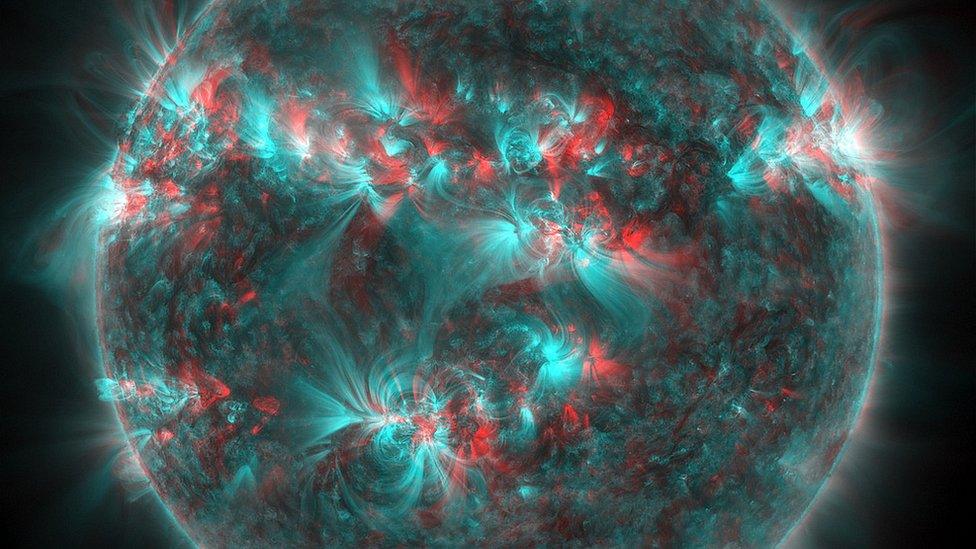
To create this colourful image, SDO took pairs of high-resolution pictures from 4 December 2011 about eight hours apart. They were then transformed into a 3-D picture using image software.